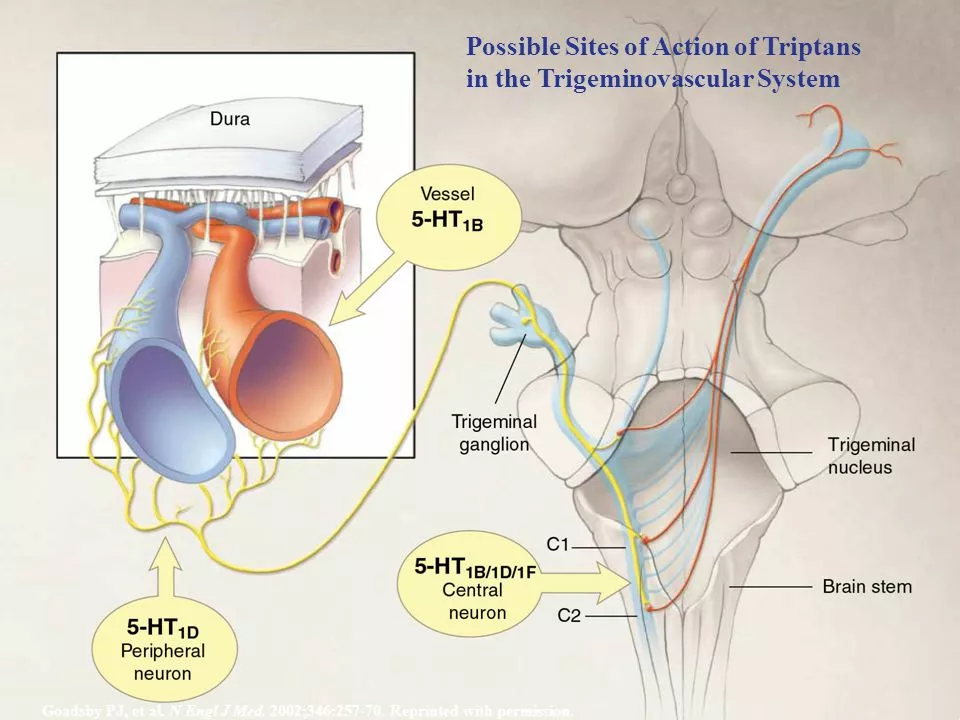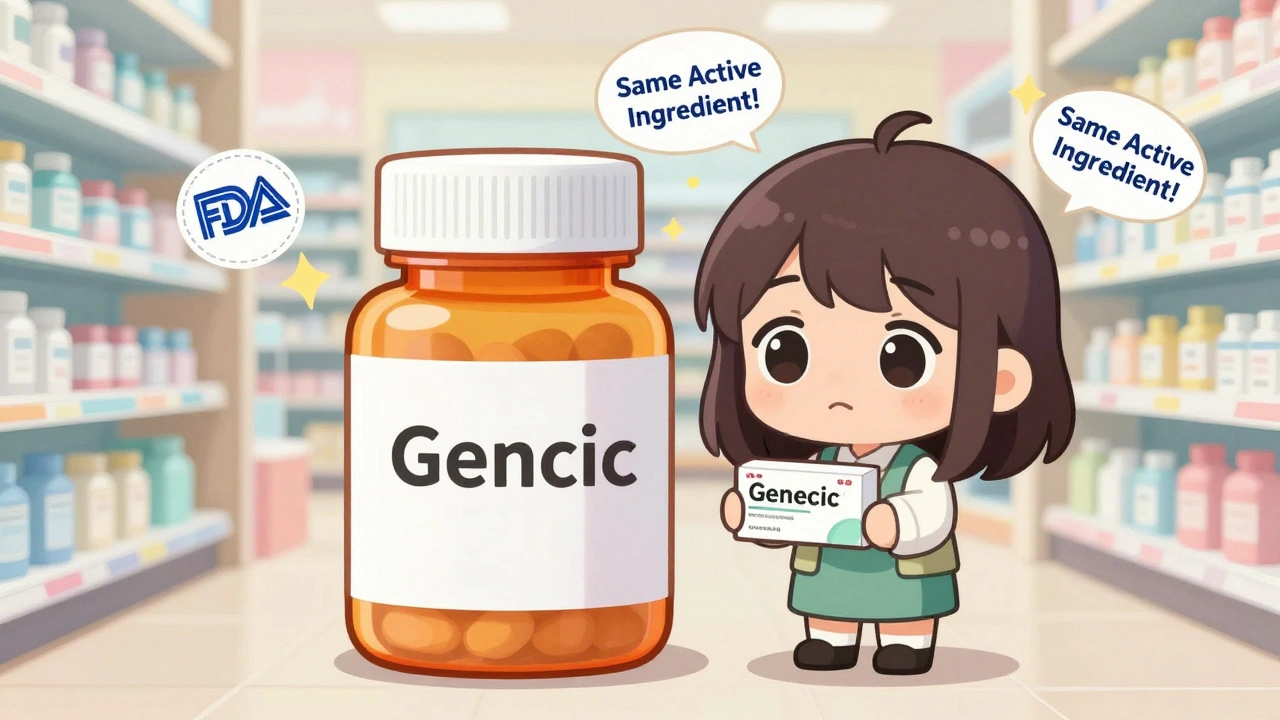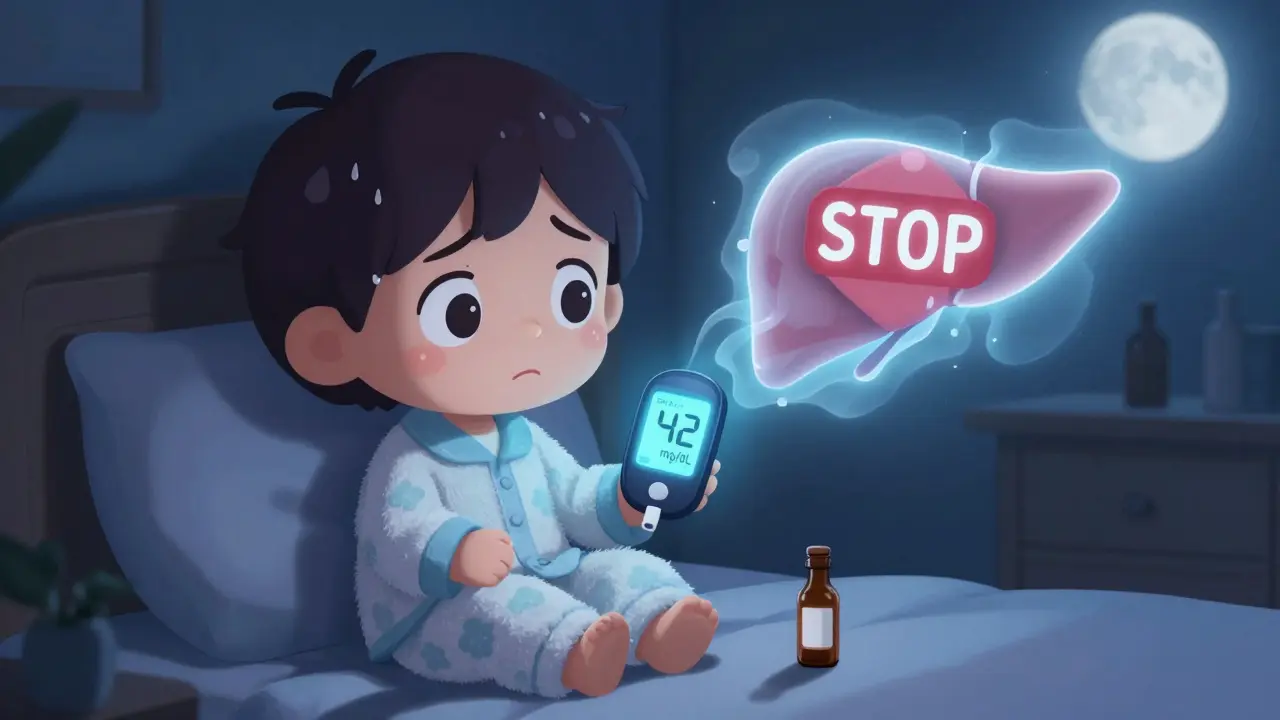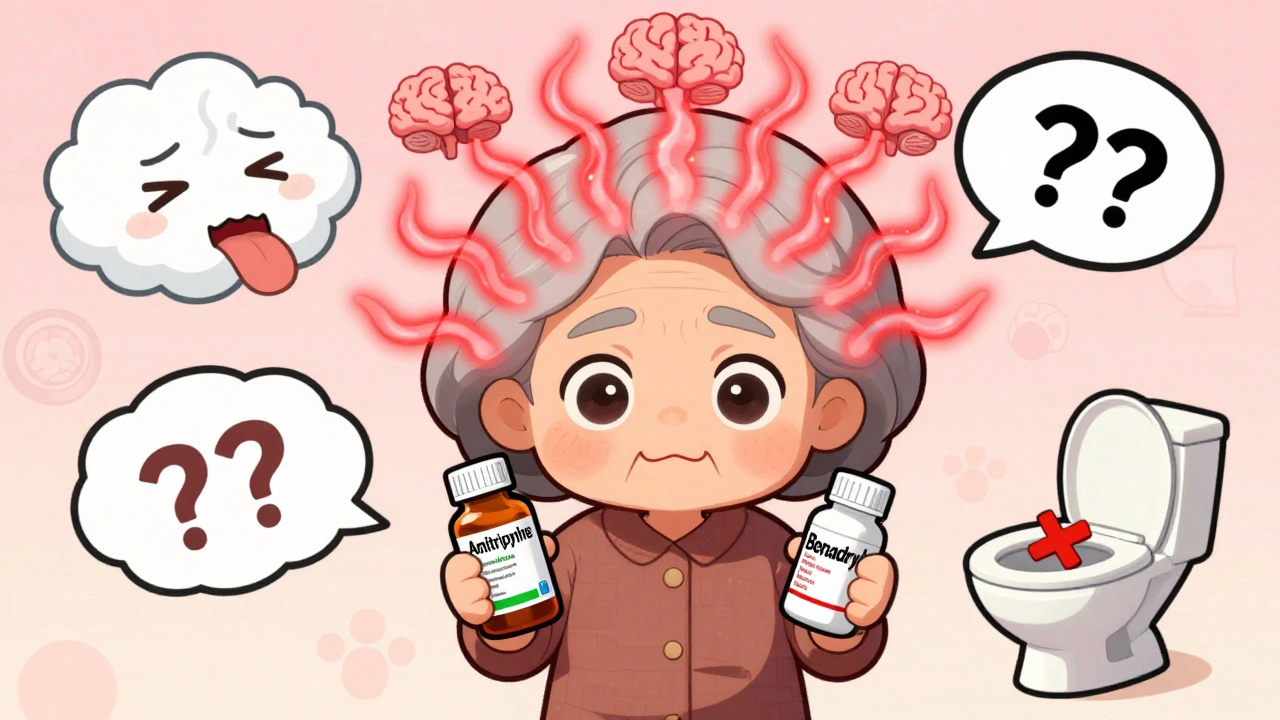Triamcinolone: What It Is and How It Works
If your doctor handed you a tube of triamcinolone, you might be wondering what it actually does. In plain terms, triamcinolone is a synthetic steroid that reduces inflammation and itching. It comes in creams, ointments, gels, and even spray forms, so you can treat everything from eczema to allergic rashes with the same active ingredient.
What Is Triamcinolone?
Triamcinolone belongs to a group called corticosteroids. These are chemicals that your body naturally makes to keep the immune system in check. When you apply triamcinolone to the skin, it tells the immune cells to calm down, which cuts down swelling, redness, and the urge to scratch.
Doctors often prescribe it for:
- Psoriasis plaques
- Atopic dermatitis (eczema)
- Contact dermatitis from allergens
- Insect bite reactions
- Other itchy, inflamed skin conditions
Because it’s strong, triamcinolone is usually a short‑term solution. Your doctor will pick a strength (usually 0.025% to 0.5%) based on how bad the skin problem is and where it’s located.
How to Use Triamcinolone Correctly
Getting the most out of triamcinolone is mostly about how you apply it. Follow these simple steps:
- Clean the area. Gently wash with mild soap and pat dry. Moisture helps the cream spread, but a wet surface can dilute the dose.
- Apply a thin layer. Squeeze out just enough to cover the affected spot. Rub it in gently – no need to over‑massage.
- Stick to the schedule. Most doctors say twice a day for a week or two, then taper off. Skipping doses can let the inflammation creep back.
- Avoid sensitive zones. Keep it away from eyes, mouth, and open wounds unless your doctor says otherwise.
- Wash your hands. Even if you’re treating a small patch, you don’t want residue on your palms.
If you notice the skin getting thinner, a new rash, or a stinging sensation, stop using it and call your doctor. These can be signs of over‑use.
Side Effects to Watch For
Even though triamcinolone is safe when used correctly, it can cause problems if you use too much or for too long. Common side effects include:
- Skin thinning or easy bruising
- Stretch marks (especially on the thighs or arms)
- Increased hair growth at the application site
- Redness or a burning feeling
Rarely, systemic absorption can affect the whole body, leading to hormonal changes. That’s why doctors limit the amount you can use on large areas.
Quick Tips & FAQs
Can I use triamcinolone on my face? Yes, but only a low‑strength formula and for a short period. Your facial skin is thin, so higher strengths can cause trouble.
Do I need a prescription? In the UK, most triamcinolone products require a prescription because of their potency.
What if I miss a dose? Just apply it as soon as you remember, then continue with the regular schedule. Don’t double up.
In short, triamcinolone is a powerful tool for calming inflamed skin, but it works best when you follow the directions, watch for side effects, and keep the treatment brief. Got more questions? Talk to your pharmacist or doctor – they can tailor the plan to fit your skin’s needs.





